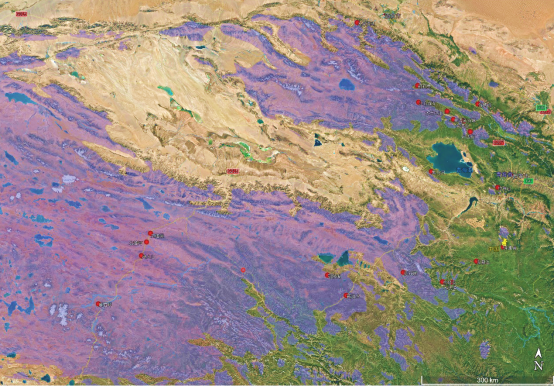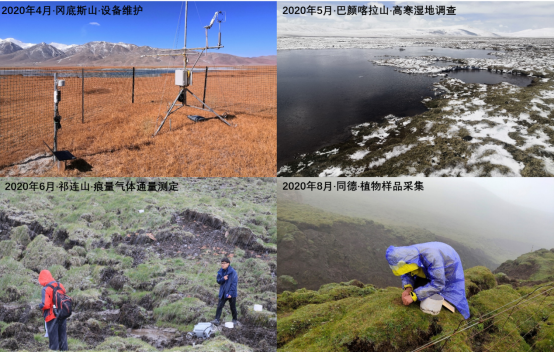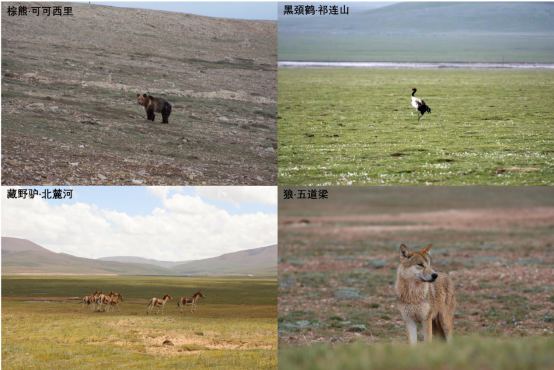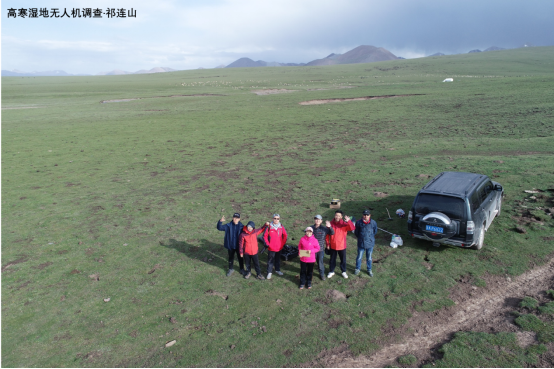In the summer of Tibetan Plateau, the sun rises in the east, the rain in the west, the wind blows the grass, and the cattle and sheep can be seen. The vast land with an average altitude of more than 4000 meters shows a lively scene everywhere. However, the deep-frozen soil and the ice and snow in the mountains are still frozen, revealing the mysterious and strange side of the plateau. Under the background of global warming, permafrost, alpine wetland, glacier and other elements of Tibetan Plateau are undergoing different degrees of degradation, which has a significant impact on regional climate, hydrology and ecological environment.
From May to September 2020, the scientific research team of task 6 and task 4 of the Second Tibetan Plateau Scientific Expedition on Tibetan Plateau carried out a field investigation, covering three important ecological safety zones, namely Tibet—Sanjiangyuan—Qilian mountains, spanning Nyenchenthanglha, Tanggula Mountains, BaYanKaLa mountains and Qilian Mountains. The scientific research team was jointly formed by Lanzhou University, Institute of Mountain Hazards and Environment, CAS, and Northwest Institute of Eco-Environment and Resources, CAS. More than 10 scientific researchers and graduate students from our university, including Dr. Gao Tanguang, participated in the research.
Since May, the team members have separately started from Tanggula Mountains and Qilian Mountains to carry out trace gases monitoring, plant-soil water sample collection and UAV survey on permafrost, alpine wetland, glacier and other environmental elements, focusing on the changes and response process of Tibetan Plateau cryosphere under the background of climate change. At present, the monitoring data of the summer-autumn system have been preliminarily completed, which is expected to provide a data basis for understanding the eco-environmental effects. During the expedition, the team members overcame the difficulties of heavy snow, hail and encountered with large wild animals. They spent more than 60 days and traveled about 12000 kilometers. They obtained 50G positioning monitoring data, more than 1800 sets of field monitoring data, more than 600 groups of soil and plant samples, more than 100 water samples, more than 100 real-time monitoring data of water quality, and more than 500 audio-visual records of scientific research. In addition to the real-time monitoring data, some soil, plant and water samples have been brought into the laboratory for indoor determination.

Fig 1. Field research route

Fig 2. Field work content

Fig 3. Wildlife encountered on the way to scientific research

Fig 4. Group photo of members of ecological safety scientific investigation team on the way